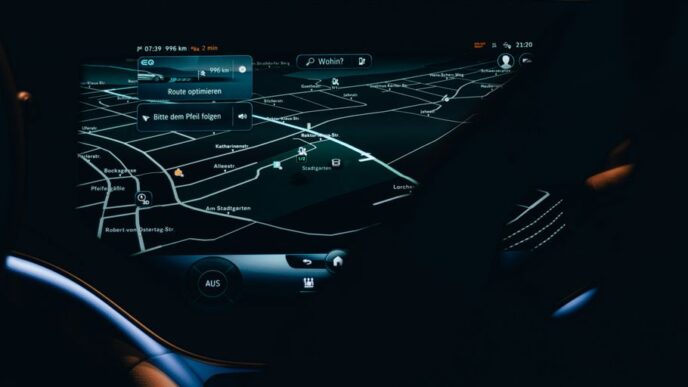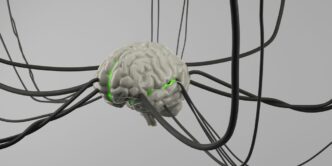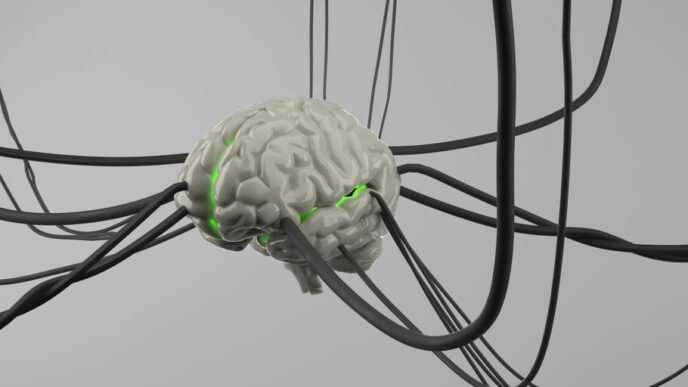In today’s fast-paced business environment, ensuring that your operations run smoothly and efficiently includes maintaining a comfortable climate. A well-optimized cooling system is not only essential for the comfort of your employees and clients but can also significantly impact your energy bills and environmental footprint. Here are some key strategies for optimizing your business’s cooling system, from the initial selection process to ongoing maintenance.
1. Understand Your Needs
Before investing in a new cooling system, assess the specific needs of your business. Consider factors like the size of your space, the average number of people present during peak hours, and any particular requirements of your industry (e.g., cooling for server rooms or refrigeration for food products).
2. Choose Energy-Efficient Models
Opt for cooling systems with high Energy Star ratings. These models might come with a higher upfront cost but will save you money in the long run through lower energy bills. Energy-efficient systems often include features like programmable thermostats and variable speed motors that adjust cooling output to actual needs.
3. Implement Zoning Systems
Not all areas of your business require the same level of cooling throughout the day. Zoning systems allow you to control the temperature in different parts of your building independently, ensuring that energy isn’t wasted cooling unoccupied or low-traffic areas.
4. Regular Maintenance is Key
Routine maintenance is crucial for keeping your cooling system running efficiently. This includes regular cleaning or replacing of air filters, checking refrigerant levels, and ensuring that ducts and vents are clear of obstructions. Consider setting up a maintenance schedule with a professional service to keep everything in top condition.
5. Upgrade Insulation and Sealing
Improving the insulation of your building and sealing any leaks can significantly reduce the workload on your cooling system. Pay special attention to windows, doors, and any areas where ducts pass through walls or ceilings.
6. Utilize Natural Cooling
Whenever possible, take advantage of natural cooling methods to reduce the reliance on your cooling system. This can include strategic use of window shades to block out heat during the day and opening windows during cooler evenings to flush out warm air.
7. Consider Alternative Cooling Methods
In some cases, traditional air conditioning may not be the most efficient or cost-effective way to cool your space. Explore alternative cooling solutions like evaporative coolers (in dry climates) or thermal energy storage systems, which can shift energy usage to off-peak, lower-cost hours.
8. Educate Your Team
Make sure that your employees are aware of your efforts to optimize cooling efficiency and how they can contribute. Simple actions like closing blinds, turning off unnecessary lights, and keeping doors closed can make a significant difference.
9. Monitor and Adjust
Use energy management systems to track your cooling system’s performance and energy consumption. Regularly reviewing this data can help you identify areas for improvement and adjust your strategies accordingly.
10. Plan for Upgrades
Even the best-maintained cooling system will eventually need to be replaced. Stay informed about advances in cooling technology and start planning for an upgrade before your current system reaches the end of its useful life. This proactive approach can prevent unexpected breakdowns and allow you to benefit from newer, more efficient options sooner.
By following these strategies, you can ensure that your business’s cooling system operates as efficiently and effectively as possible, providing a comfortable environment for everyone while also keeping an eye on your bottom line and ecological impact.













